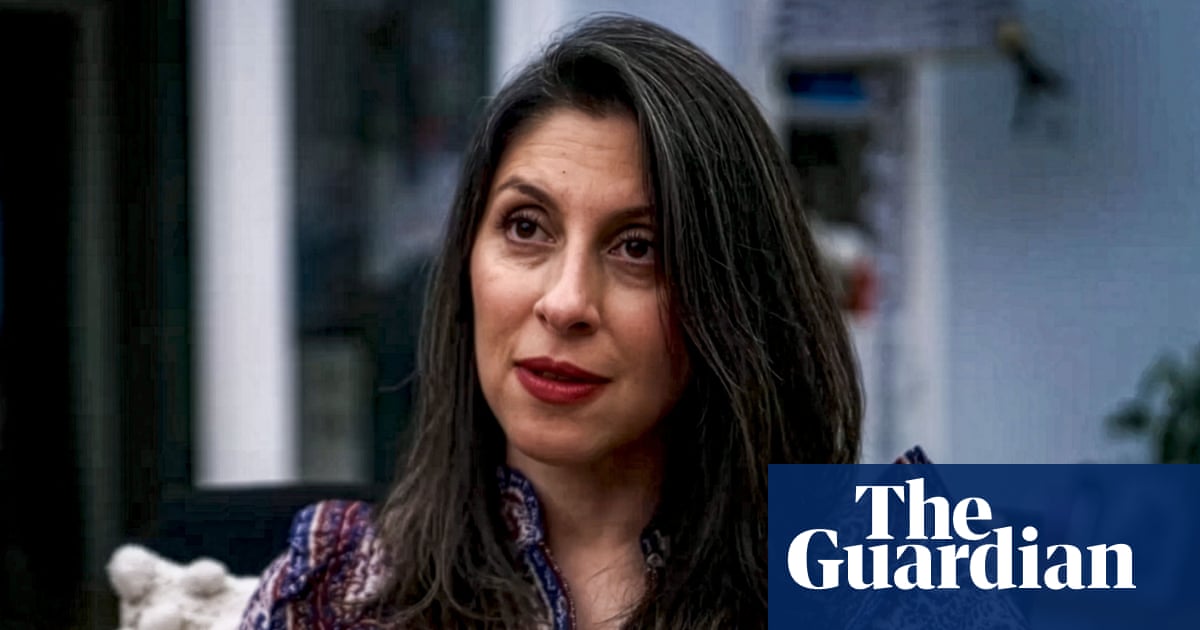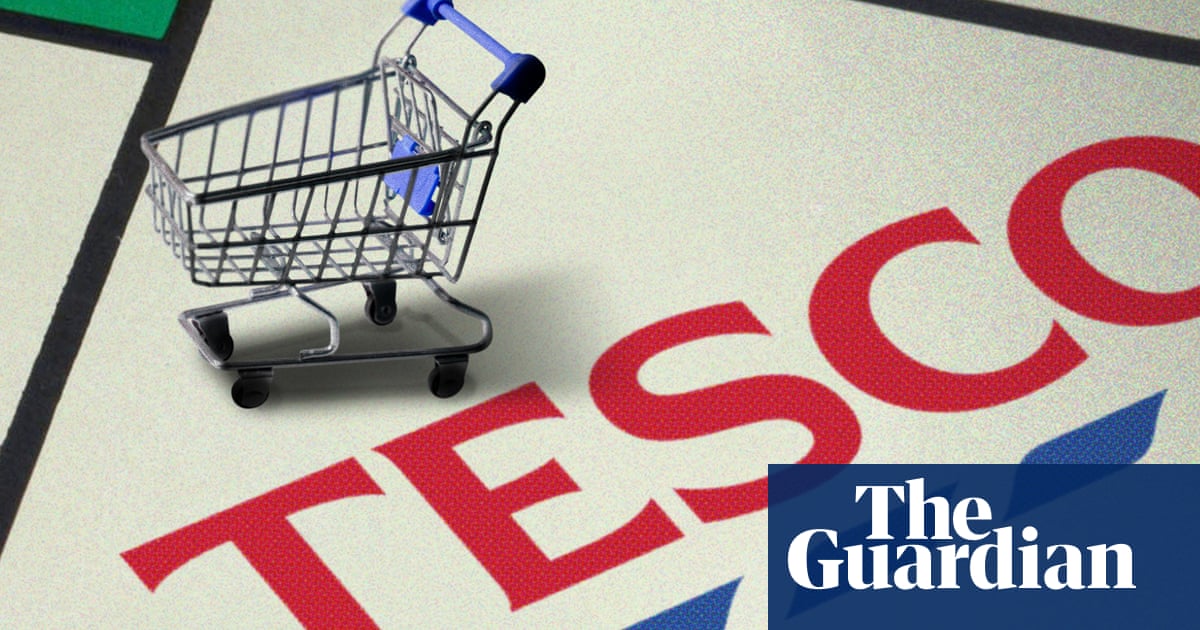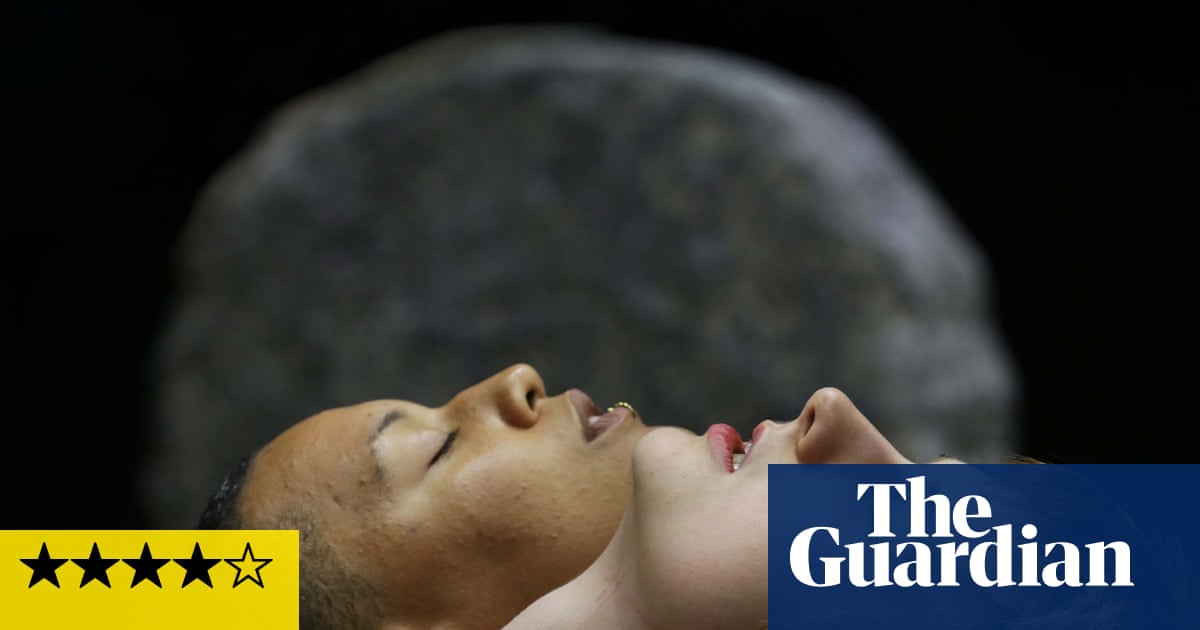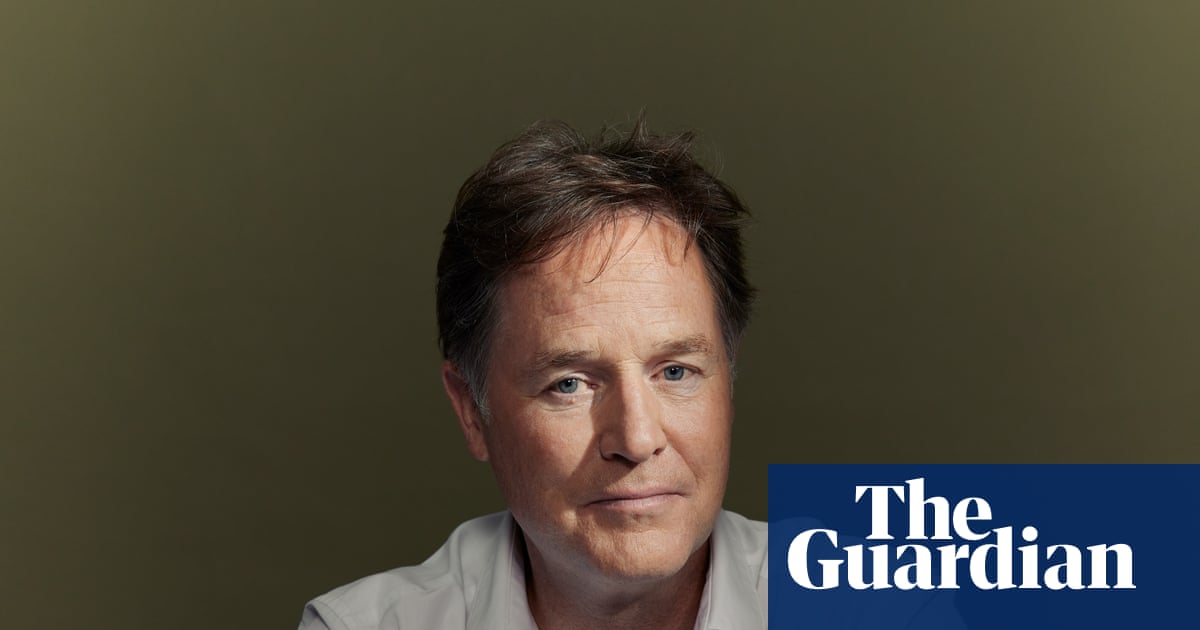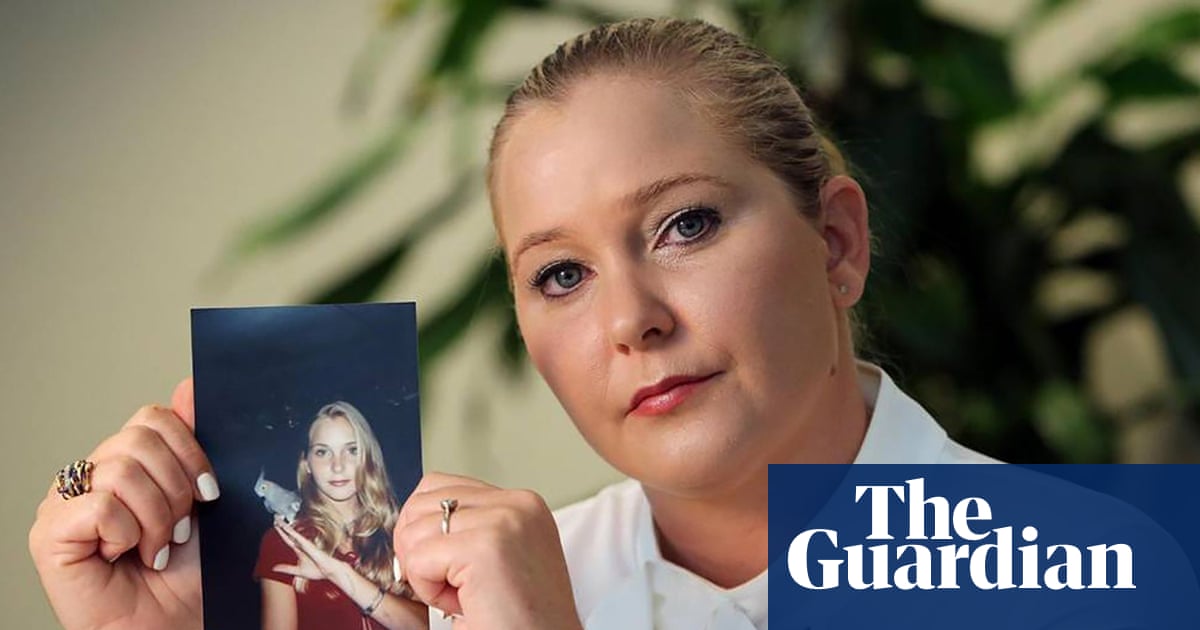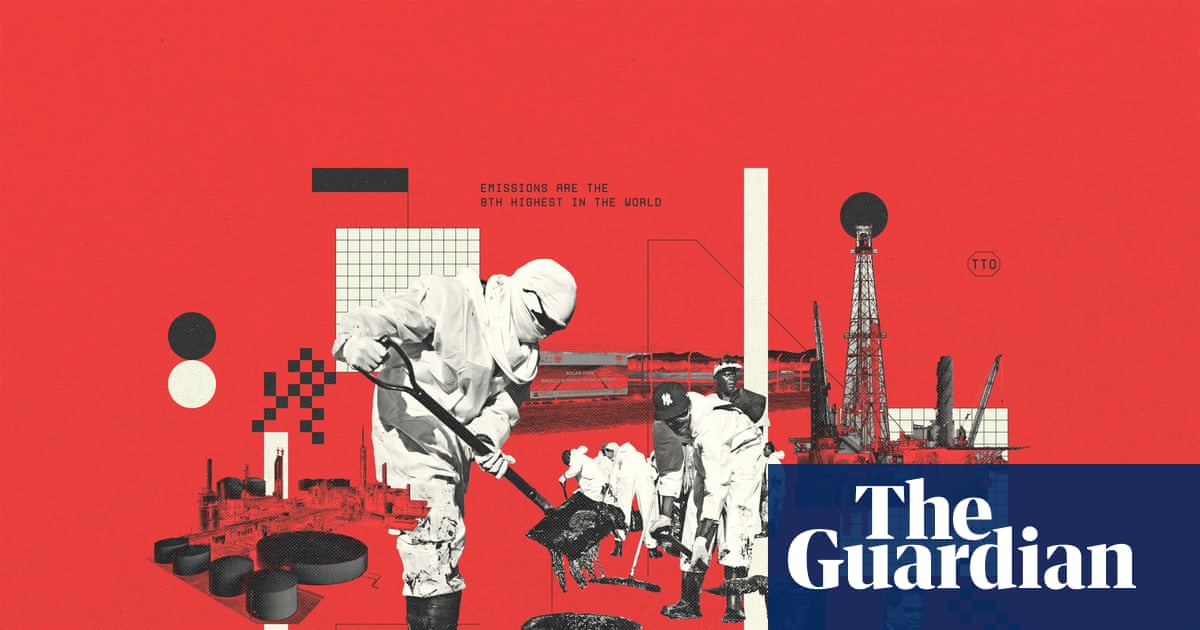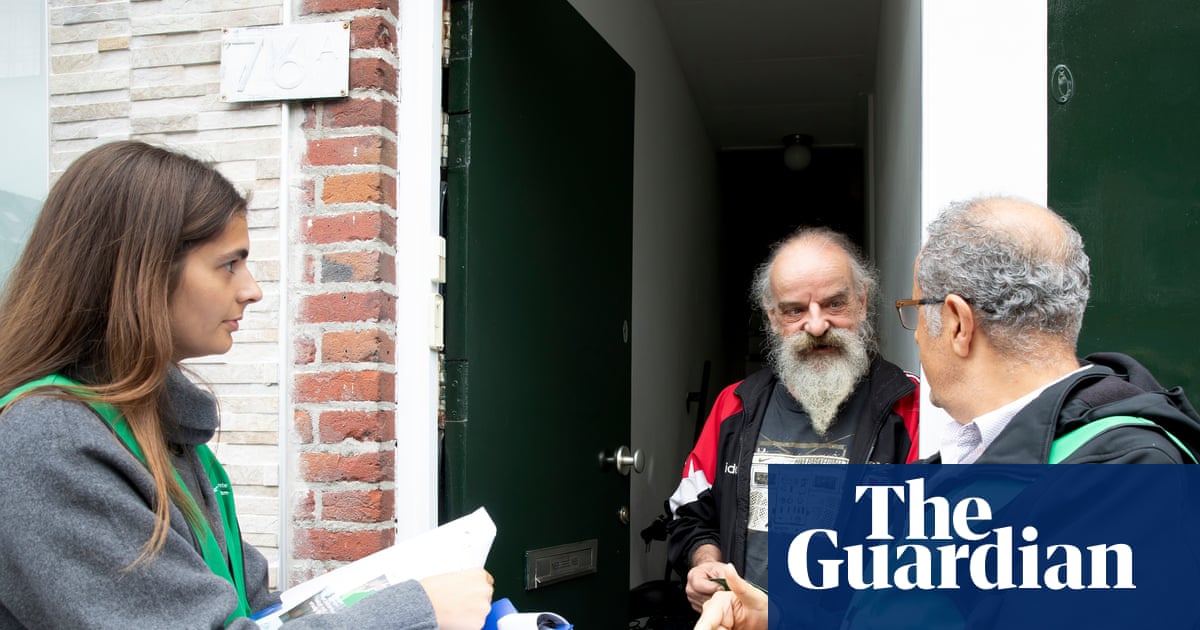Vets in the UK could be forced to cap prescription prices after an investigation by the markets watchdog found pet owners may be paying twice as much for some common medicines from practices than online.
The Competition and Markets Authority (CMA) found pet owners pay 16.6% more on average at large vet groups than at independent practices. It said the £6.3bn market was “not fit” for purpose and needed to be modernised.
The watchdog has proposed 21 measures, including making vet businesses: cap the cost of providing prescriptions at £16; publish comprehensive price lists; make clear if they are part of a large group; and ensure that their policies and processes allow vets to act in the best interests of pets and pet owners.
The CMA advised clear price information on treatments and cremations, with prices in writing for treatments more than £500 and itemised bills, and pricing breakdowns for pet care plans. It also proposed creating a comprehensive price comparison website.
The regulator launched its formal investigation last year after an initial inquiry triggered an “unprecedented response” from 56,000 people, including customers and vet professionals. Publishing its findings on Wednesday, the CMA said prices rose by 63% between 2016 and 2023, considerably faster than general inflation.
It found owners were often unaware of the prices of common services and whether their local practices were part of large national chains, and that customers have no effective way of comparing vet prices and may be paying twice as much for common medicines from practices than online, often hundreds of pounds more.
The findings are provisional, with interested parties having until next month to make submissions before a final decision is published by next March.
Martin Coleman, the chair of the CMA’s inquiry group, said: “Pet owners are often left in the dark, not knowing whether their practice is independent or part of a chain or what a fair price looks like.
“They are sometimes committing to expensive treatment without understanding the price in advance. And they do not always feel confident asking for a prescription or buying medicine online – even when it could save them hundreds of pounds.”
The current regulatory system dates back to 1966. It only regulates individual veterinary professionals and not vet businesses, even though most practices are part of a large corporate group.
The CMA found that acquisitions of vet practices by larger companies led to an increase of 9% in average prices four years later.
It said many of the concerns raised with it relate to the six large veterinary groups, which own the majority of practices. Two of them are listed companies (CVS and Pets at Home), three (IVC, VetPartners and Medivet) are owned by private equity investors, and Linnaeus is owned by Mars Petcare.
after newsletter promotion
Pets at Home said its chain Vets for Pets has a joint venture structure under which most of its practices are owned jointly with local individuals, usually vets. A spokesperson said Vets for Pets agreed that rules underpinning the sector needed to be updated and had been “calling on government to make progress on this for over two years”.
Sue Davies, the head of consumer protection policy at the consumer group Which?, said: “Research has shown that many pet owners have been exposed to bad practices like unclear pricing, potentially excessive or unnecessary charges and no independent route for resolving their complaints.
“It’s clear that the regulation of this market has become outdated, to the detriment of both pet owners and vet practices. The government must act quickly to modernise this sector.”
Responding to the CMA’s findings, analysts at Jefferies said: “The tone appears to be sharper, and the transparency directives perhaps more extensive than we had anticipated, albeit no material pricing controls have been proposed.”

.png) 1 month ago
50
1 month ago
50













